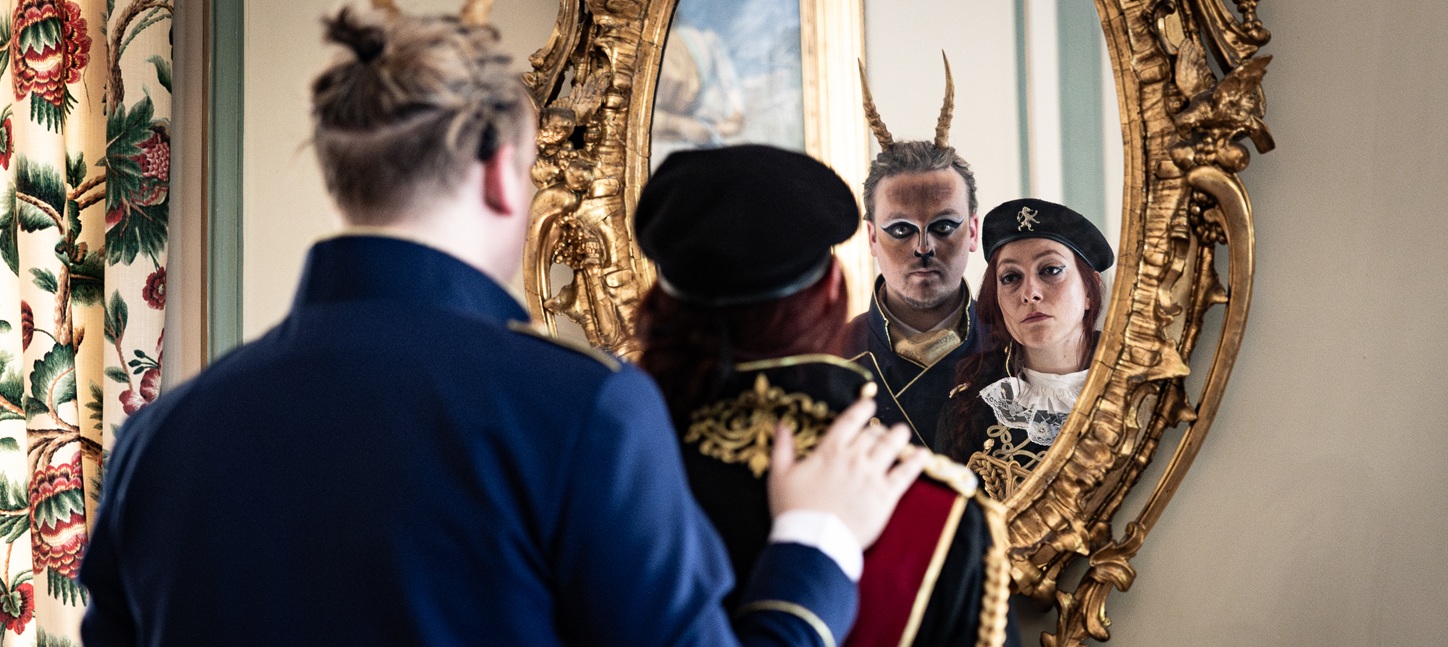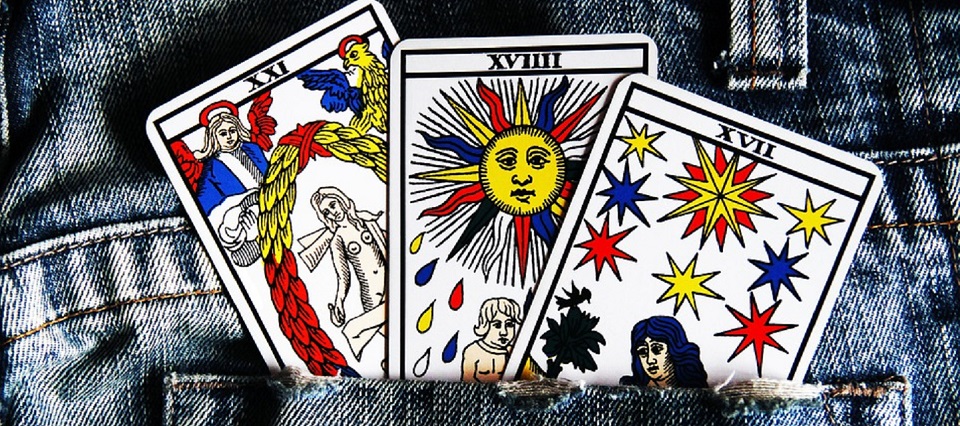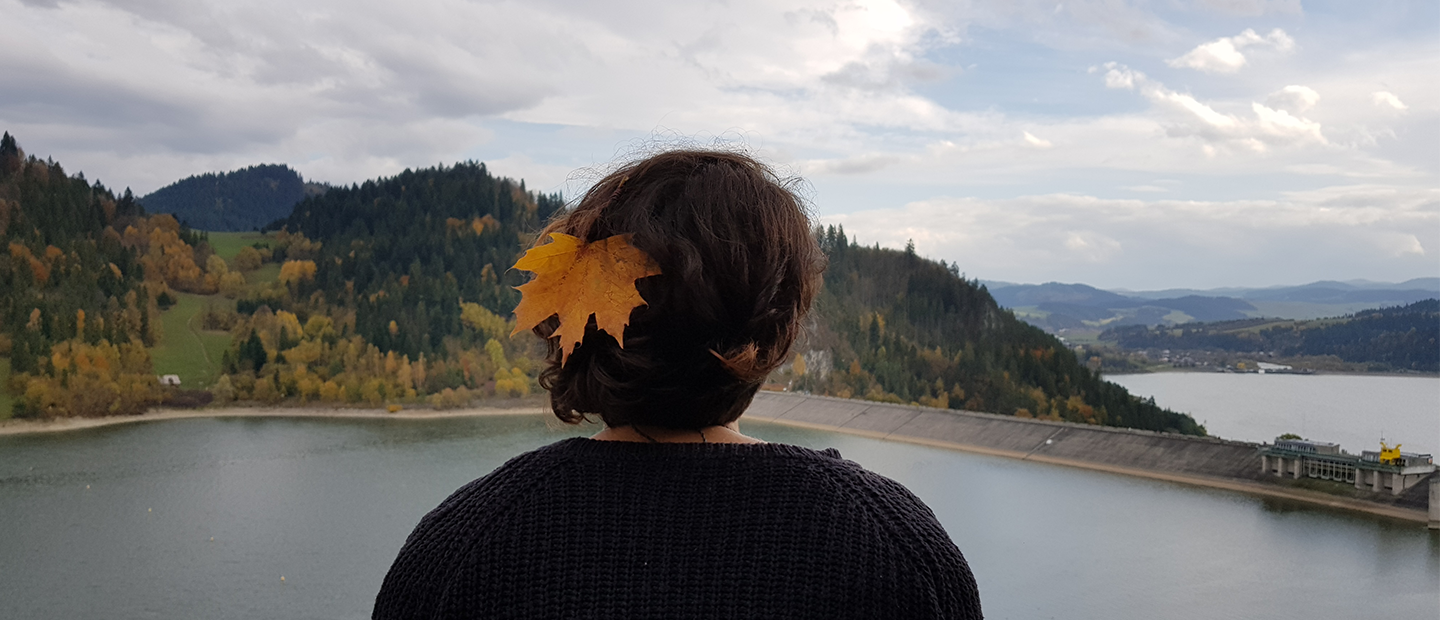Tag: narrative
-

Together, Apart: Dyadic Play in Larp
in
Designing characters in pairs can lead to two people locked into a singular dynamic that shapes the larp experience around them.
-

Tarot for Larpers
in
Using tarot readings in larp to deepen and intensify the experiences of co-players.
-

The Psychotherapeutic Magic of Larp
in
Connecting larp as a tool for personal development with theories from psychology and techniques from drama therapy.